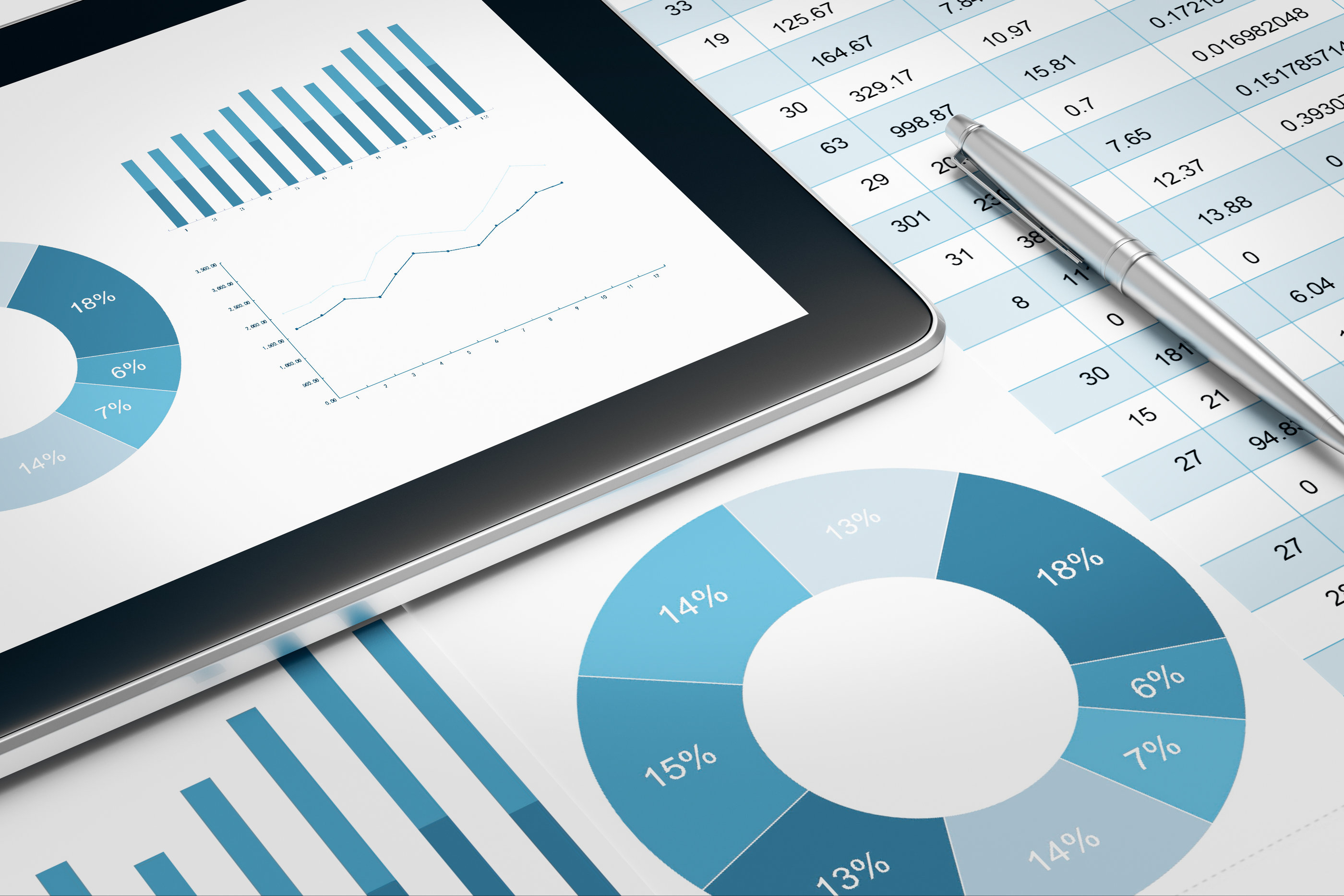
Thanks to the app revolution that has consumed the technology market over the past five years, there are countless business tools aimed at increasing productivity, streamlining processes, and optimizing that all-important bottom line. Although these app-based utilities may appear novel because of their format and packaging, MS Excel has offered many of these functionalities for years now — well before Apple’s historical second coming almost a decade ago.
An Overlooked Tool
Excel is arguably one of the most overlooked and underutilized programs in today’s computing age. This is most likely attributed to users and business professionals’ limited understanding of the product due to inconclusive, fragmented training. Industry leaders in the modern business landscape don’t fall in line with the culture of yesterday’s white-collar, corporate culture. We’re seeing entrepreneurs making their first million before they enjoy their first drink at a bar. There’s a big disconnect developing between the education sector and the modern day CEO, which stems from universities’ insistence on classifying students in such inflexible manners.
College course tracks today are relatively polarized, generalizing that only business administration and closely related areas of study require Excel courses. Many of today’s business leaders ascend from everywhere but a standard collegiate business program. They’re surfacing from trade schools, creative backgrounds, and unconventional education paths. The newest wave of entrepreneurs, referred to as the “Gen Y” class, is challenging traditional education conventions. These young self-starters may know how to code, program, and integrate complex algorithms into downloadable smartphone apps, but it’s very possible they’ve never manipulated a spreadsheet. There are certainly some skillsets acquired in the classroom that prove to be more time-consuming than valuable. Excel is the very last to fall in that category.
Hyper-Functionality
Many people are under the false impression that Excel is merely a place to store and sort data. Yes, it is the master of data management and a wizard at tables, graphs, charts, indexing, and analytics, but its grid-based configuration makes it an ideal space for conceiving design projects. The rules of design today rely so heavily on specific space and placement that a grid template is essential. We’ve seen businesses utilizing the program for drafting hardware prototypes, creating leave-behind materials, and designing business cards. Excel also performs great as a word processor and I know many who prefer it over its Microsoft counterpart (MS Word).
Whether you own and operate a local hardware store, a social media network, or a global energy company, Excel can and will benefit your business. That type of versatility in today’s emerging application market is unheard of.
Standardization = Efficiency
Another key reason to get hyper-acquainted with all Excel has to offer is standardization. As one of major players in the MS Office package, it is designed to interface seamlessly with its peers in the software suite, along with countless applications outside of the Microsoft lineup. From end-to-end estimating and quoting tools to project management and transactional systems, we have built an enormous amount of automated applications for business’ daily workflows. Even our own proprietary systems pull from web applications to Excel and back up to the Web using XML exchanges. In most cases, daily operational work can be done with half as many staff utilizing a correct, streamlined process. Excel’s compatibility translates to efficiency. And there’s nothing a smart business likes better than efficiency.
Accuracy
The pace of the business world today doesn’t leave much time for checking and double-checking. It is also a world where one small error could result in one epic catastrophe. Accuracy is a crucial requirement with businesses of all sizes and specialties. Humans, by nature, make mistakes. Excel, by nature, does not.
While you may be looking for online tools that automate the discovery, storage, and analysis of data, Microsoft Excel has a lot more to offer than billing spreadsheets and projected financial records. If you are thinking long-term, then you should consider the costs of those subscription-based apps and where the service might be in five years. Excel isn’t going anywhere, it’s most likely already a part of your employees’ daily work, and it doesn’t have the limitations found in already customized apps. Increase your productivity and efficiency with the Godfather of business software.

